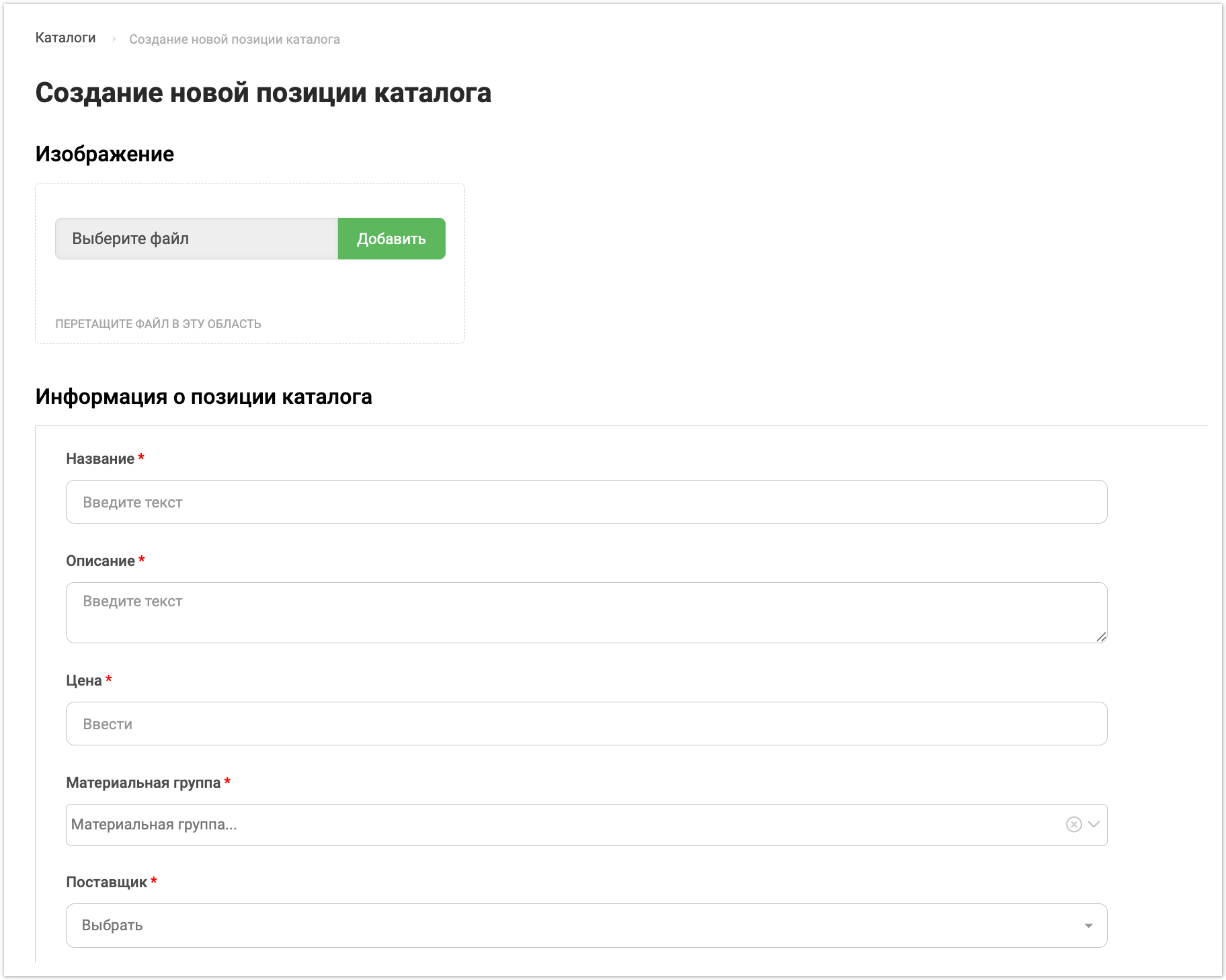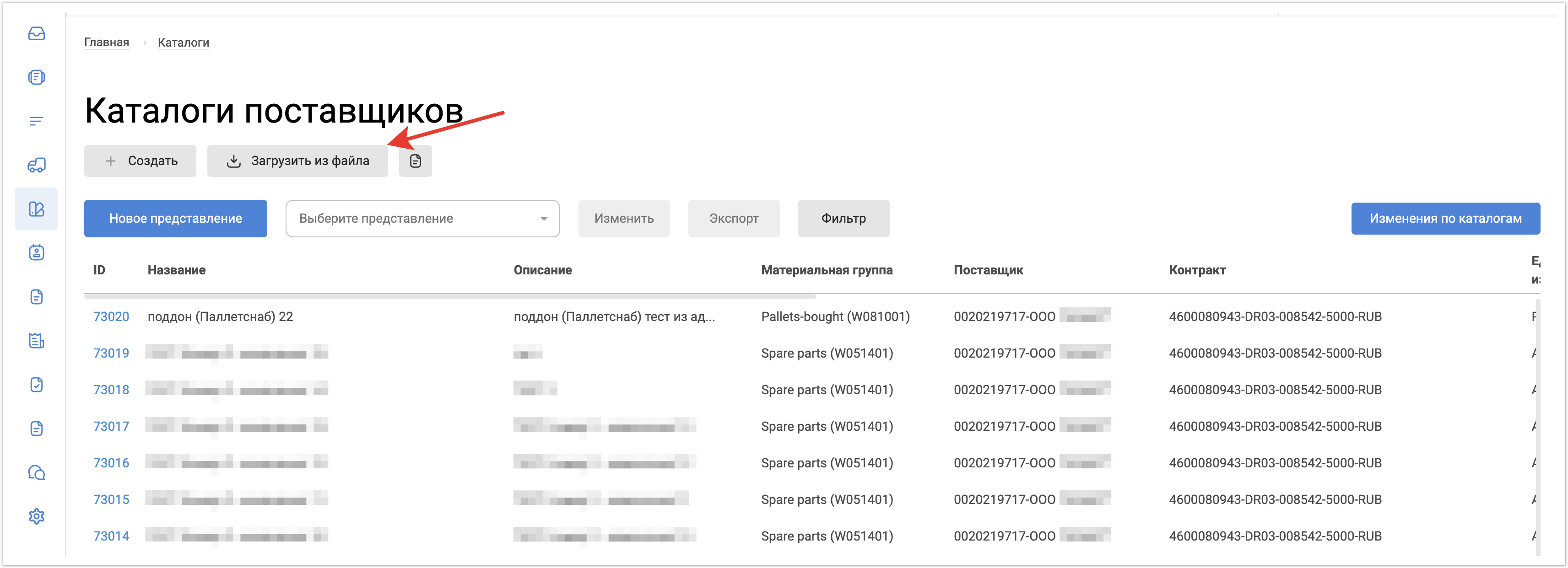...
| Sv translation | ||||||
|---|---|---|---|---|---|---|
| ||||||
An important aspect is the normalization of reference books, which is achieved through the use of templates and standardized forms for entering information from suppliers. The process of coordinating and monitoring applications by responsible employees ensures high data quality and reduces the likelihood of inaccuracies, which allows you to focus on strategic procurement tasks. Using a Punch-Out catalog gives buyers the opportunity to directly interact with supplier sites, which provides access to a wider range of goods and a realistic purchasing experience. This increases the flexibility of procurement and allows you to quickly adapt to changing business requirements. At the same time, the Punch-In catalog allows buyers to select goods and services directly from the corporate system, which simplifies data integration, improves control over the range and saves time when placing orders. The implementation of both options for working with catalogs in the Agora system provides businesses with the ability to choose the most suitable option for different categories of goods. Typical catalog upload options are described in more detail on this page. Next, we'll look at working with catalogs within a P2P system.
CatalogsIn the Catalogs section, you can view available items from supplier catalogs. These items are directly linked to a specific Supplier and their Agreement, making it easier to find the goods or services you need. You have the following options:
These features make catalog management more efficient and flexible, providing easy access to current offers and terms of cooperation. Creating a catalog item Creating a catalog item is available to users with the Purchasing Support Service (P2P) role - supplier data master group. After filling in all required fields and saving, the created product will be displayed in the list of products in the Catalog section. Import directory from fileCatalog import is available to users with the Purchasing Support Service (P2P) role - supplier data master group. After successful import, the products will be displayed in the product list in the Catalog section. |
...


